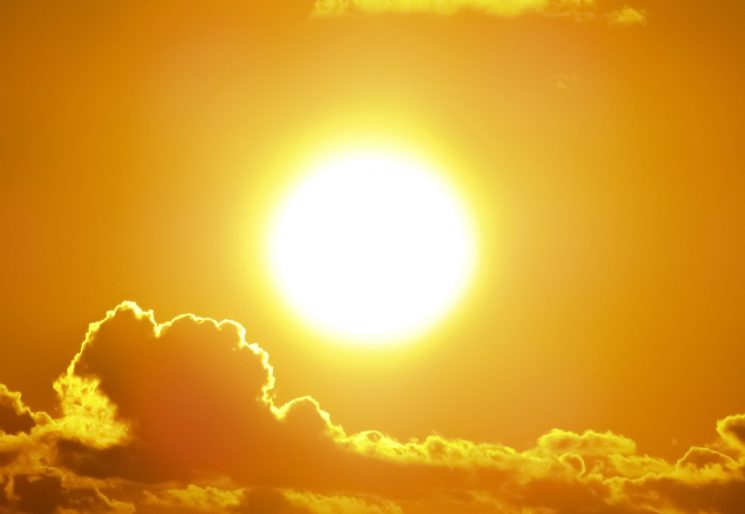Though the weather has varied, it has at times been a scorching start to the summer in Canada and the U.S., particularly in the Pacific Northwest and the East coast. Extreme heat provides numerous challenges, but not least is the difficulty of keeping outdoor maintenance workers safe.
With temperatures above 37 degrees Celsius already seen in some areas, the heatwave has already caused hundreds of deaths and led to numerous wildfire threats.
Many people and workers get to hide from the heat in air-conditioned buildings, but those whose jobs require them to work outdoors, including various maintenance workers, should take special precaution against heatstroke and other heat-related conditions.
The U.S. Centers for Disease Control and Prevention (CDC) and the U.S. Department of Labor’s Occupational Safety and Health Administration (OSHA) have resources educating people on symptoms of heat illness, as well as tips for protecting employees working in extreme heat conditions.
Heat-related illnesses include heatstroke, exhaustion, and cramps. OSHA also recommends that employers and workers watch for fainting, dizziness, nausea, and muscle spasms.
The CDC recommends the following safety measures during heat waves:
- Wear appropriate, loose-fitting clothing.
- If possible, stay in air-conditioned spaces.
- Wear sunscreen and a hat to avoid unnecessary sun exposure.
- Avoid touching or lifting hot and heavy metals surfaces and objects.
- Stay hydrated by drinking plenty of water even if not thirsty.
- Avoid unnecessary hard work or activities if you are outside or in a building without air-conditioning.
Every year, dozens of workers die and thousands more become ill due to extreme heat and humid working conditions, according to OSHA. Under OSHA regulations, employers are responsible for providing workplaces free of known safety hazards, which includes protecting workers from extreme heat.
OSHA recommends that employers follow these safety practices:
- Provide employees with water, frequent rest breaks, and shade.
- Allow workers time to build a tolerance for working in the heat.
- Offer training on the hazards of heat exposure and how to prevent heat-related illness.
- Develop an emergency action plan and monitor workers on what to do if they show signs of heat-related illness.










